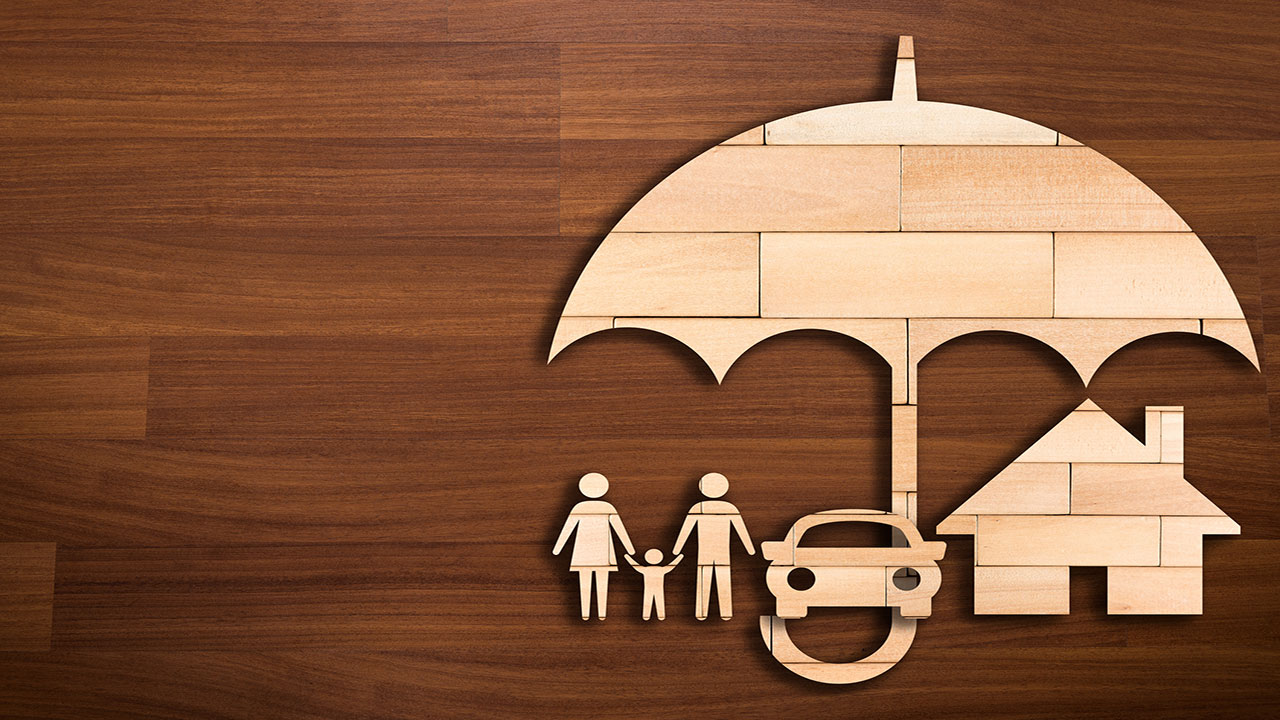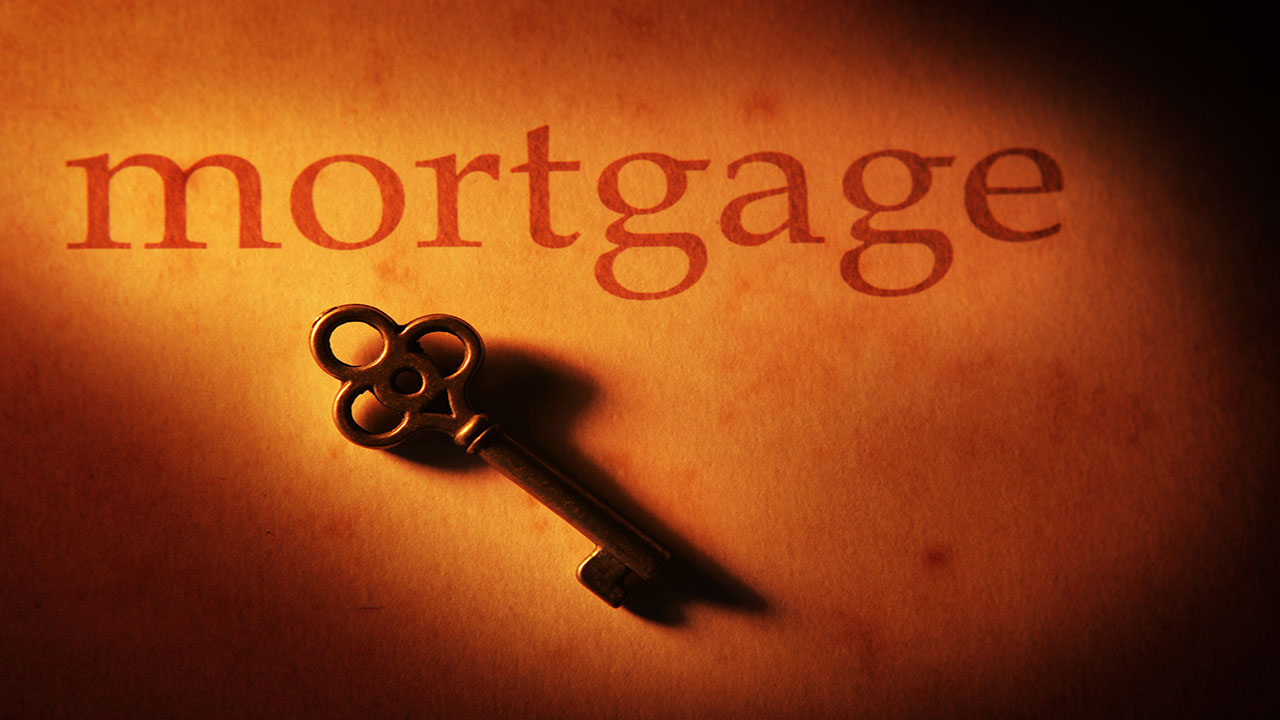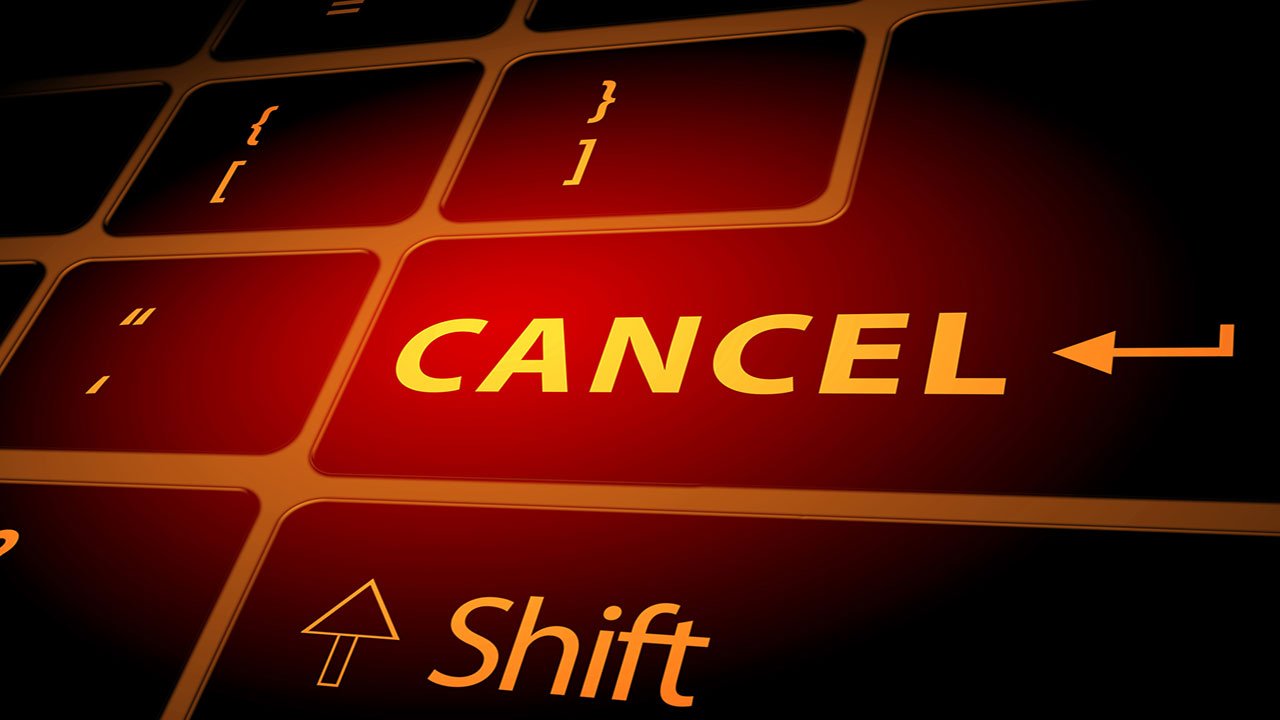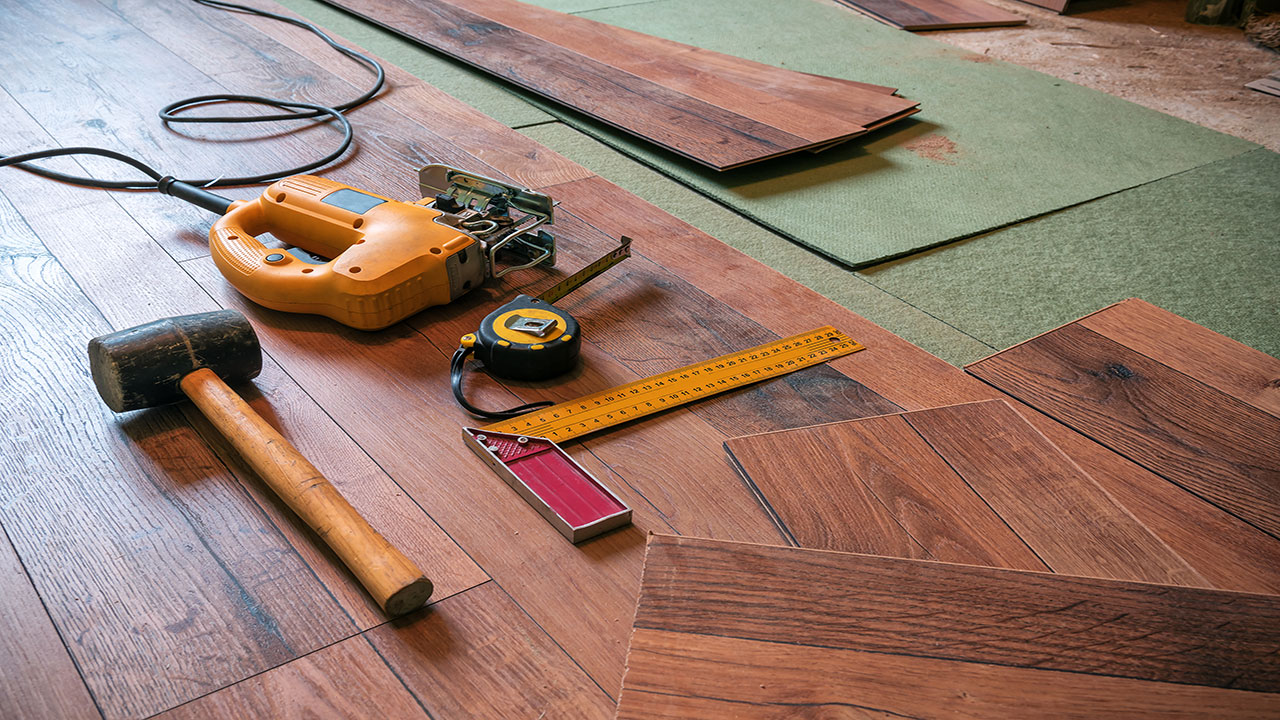Can You Get Rid of Private Mortgage Insurance (PMI)?

The actual mortgage payments that you’re responsible for making when you purchase a home are only part of the overall cost of buying real estate. In addition to all the closing costs, there is also Private Mortgage Insurance (PMI) to have to pay.
If you’re able to contribute at least 20% of the purchase price in the form of a down payment when you first buy a home, then you can avoid paying PMI payments. But any less than a 20% down payment will mean that PMI payments will be tacked on to your mortgage.
But is there ever a time when you can get rid of PMI? If you’ve managed to make payments on time every month and brought your loan balance down to less than 80% of the purchase price of your home, do still need to pay PMI premiums?
What is Private Mortgage Insurance (PMI)?

Before we answer the above question, it’s helpful to understand exactly what PMI is.
Basically, PMI is a type of mortgage insurance that protects the lender if you ever default on your loan payments. Even though you are the one making the premium payments, your lender is the one that’s offered protection, not you.
Higher loan balances put lenders at a higher risk. More specifically, if your loan balance is more than 80% of the purchase price of the home, your lender will have a lot of money to recoup if you ever fail to make your payments. The smaller your loan balance is relative to what the property is worth, the less risk posed to the lender.
In any case, a loan balance of more than 80% of the purchase price of the home (which means you put down less than 20% as a down payment) means PMI premiums will be charged.
So the question still remains: can you get rid of PMI at some point? If so, how?
Can You Cancel PMI Payments?

Yes, you can eliminate private mortgage insurance at some point throughout the life of your loan. In order to qualify for its cancellation, you need to have a minimum of 20% equity in the property. Whether you managed to build equity through regular monthly mortgage payments, appreciation in value of your home, or both, having at least 20% equity in your home may qualify you for the elimination of PMI.
How Do You Cancel PMI?

There are a handful of ways to cancel your PMI:
Notify your lender.
Once your home equity has reached the 20% mark, you may be able to cancel your PMI. But just because you’ve reached this threshold doesn’t mean it’s automatic. You will have to get in touch with your lender once you’ve paid down your mortgage balance to 80% of the property’s appraised value when you first bought it.
In this case, your best bet would be to contact your lender and submit a written request to cancel your PMI a couple of months before you’re on par to hit the 80% mark. That way they’ll be in-the-know about where you’re at in your mortgage and what your intentions are. Otherwise, simply wait until you’ve reached 80% and send in your written request then.
Just keep in mind that in order for your lender to agree to cancel your PMI at this point, you’ll have to prove the value of your home by having it appraised (at your cost). You’ll also have to prove that there are no liens on the home and that you’ve managed to make all of your mortgage payments on time.
It should be noted that if you took out an FHA loan, you will not be able to cancel the PMI that comes with these types of mortgages. The only way to eliminate this insurance policy is by refinancing into a mortgage that’s not backed by the FHA.
Wait to hit the 78% equity mark.
While you’d have to notify your lender and request to cancel your PMI in writing if you pay your loan balance down to 80% of the value of the home when you purchased it, the cancellation should be automatic once your loan-to-value (LTV) ratio dips down to 78%.
At that point, your PMI should disappear on its own, as lenders are required to eliminate it when the LTV reaches 78% as per the Homeowners Protection Act of 1998.
Take on a home renovation project.
Certain renovation projects can add a lot of value to your home. By increasing your home’s value, you can effectively sway your LTV in your direction. If the project you complete adds enough value to your home that it brings your equity down past the 78% point, you can get rid of your PMI.
The trick is to pick the right type of project that will bring in a high ROI. Some projects cost a lot more to do than what the added value would actually be. Make sure you speak with your real estate agent to find out which types of projects to consider taking on.
The Bottom Line
It’s definitely not fun to have to pay yet another fee on top of all the other costs associated with buying and owning a home. But if you can’t come up with a 20% down payment, private mortgage insurance is inevitable. That said, you don’t necessarily have to be stuck with PMI your whole life. If you can manage to get your LTV to under 80% or 78%, then PMI can be a thing of the past.


